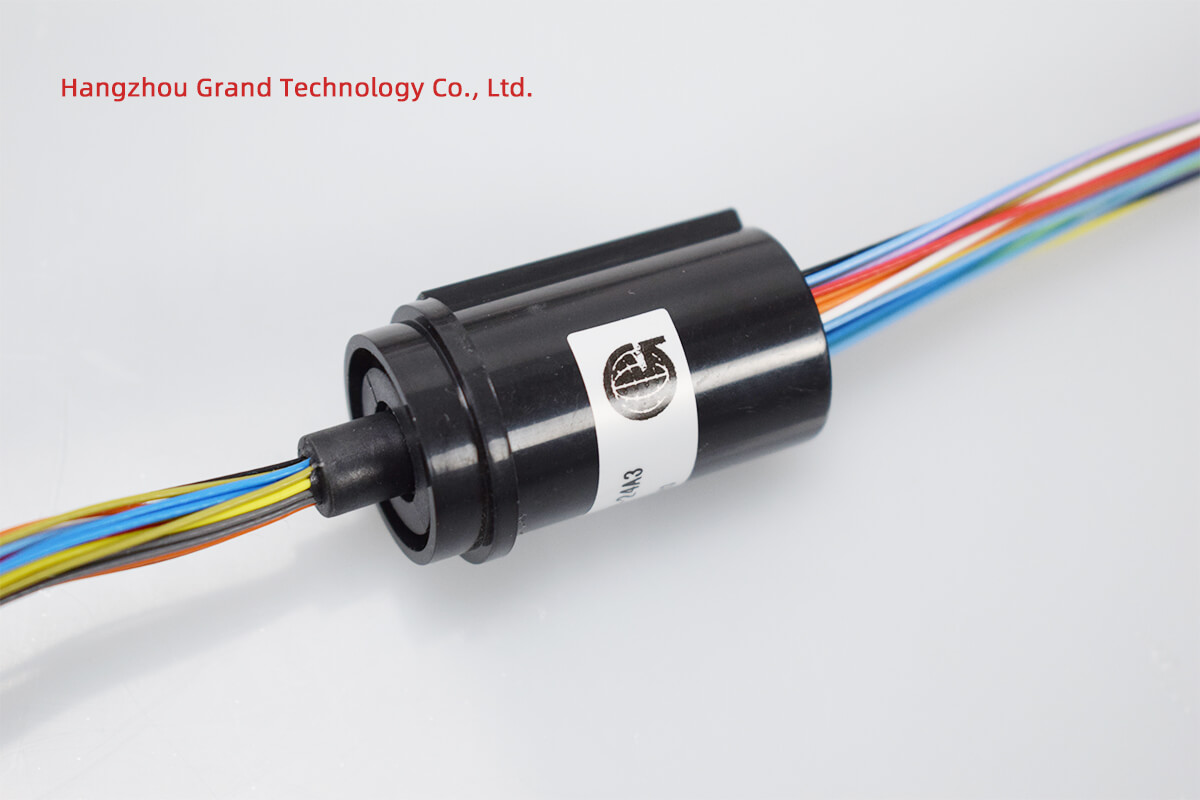In the realm of electrical engineering, slip ring motors have established themselves as a versatile and powerful solution for various industrial applications. One of the critical aspects of slip ring motor design and operation is the calculation of rotor voltage. Today, we delve into the art of slip ring motor rotor voltage calculation, unraveling its significance, intricacies, and the impact it has on motor performance.
The rotor voltage calculation plays a crucial role in determining the speed and torque characteristics of slip ring motors. Unlike squirrel cage induction motors, slip ring motors allow for the adjustment of rotor voltage, enabling precise control over their performance. This capability is particularly valuable in applications that require variable speed control, high starting torque, or efficient power transmission in rotating systems.
The calculation of rotor voltage involves considering various factors, including the motor’s operating parameters, load requirements, and the desired performance characteristics. Engineers utilize established formulas and principles to determine the appropriate rotor voltage that will meet the specific needs of the application.
One of the fundamental considerations in rotor voltage calculation is the speed-torque curve. This curve illustrates the relationship between motor speed and torque under different operating conditions. By analyzing the load requirements and the desired motor performance, engineers can select an optimal point on the speed-torque curve, which corresponds to the desired operating point of the slip ring motor. The rotor voltage calculation then enables the determination of the appropriate voltage level to achieve the desired speed and torque at that operating point.
The external resistance in the rotor circuit also plays a crucial role in rotor voltage calculation. By adjusting the resistance, engineers can fine-tune the speed-torque characteristics of the motor. Higher resistance values result in higher starting torque but lower speed, while lower resistance values yield higher speed but lower starting torque. Balancing the resistance value is essential to achieve the desired performance trade-off for the specific application.
Additionally, factors such as supply voltage, rotor reactance, and slip ring motor efficiency are taken into account during rotor voltage calculation. The supply voltage determines the maximum voltage available for the rotor circuit, while the rotor reactance influences the voltage drop across the rotor windings. Considering these factors ensures that the calculated rotor voltage aligns with the motor’s design specifications and performance requirements.
It is worth noting that rotor voltage calculation requires a deep understanding of slip ring motor principles and electrical engineering concepts. Precise calculations, coupled with empirical knowledge and experience, enable engineers to optimize the performance and efficiency of slip ring motors for specific applications.
Mr. David Johnson, a seasoned electrical engineer, shares his insights, stating, “Accurate rotor voltage calculation is crucial in harnessing the full potential of slip ring motors. It allows engineers to tailor the motor’s speed, torque, and overall performance to meet the unique requirements of each application. A thorough understanding of the underlying principles and meticulous calculation techniques is essential to achieve optimal results.”
As technology advances, advancements in control systems and motor drive technologies have simplified the process of rotor voltage calculation. Sophisticated algorithms and digital control interfaces offer engineers greater flexibility and precision in adjusting and optimizing the rotor voltage, further enhancing the performance and versatility of slip ring motors.
In conclusion, slip ring motor rotor voltage calculation is an art that empowers engineers to unleash the full potential of these powerful motors. The ability to precisely control the rotor voltage enables variable speed control, high starting torque, and efficient power transmission in rotating systems. With a thorough understanding of slip ring motor principles and diligent calculation techniques, engineers can optimize the performance and efficiency of slip ring motors for diverse industrial applications.
About Hangzhou Grand Technology
Hangzhou Grand Technology is a leading provider of cutting-edge electrical engineering solutions, delivering innovative technologies to a wide range of industries. With a commitment to excellence and a customer-centric approach, Hangzhou Grand Technology strives to revolutionize the world of electrical engineering through its state-of-the-art products and services.
See What We Can Do

